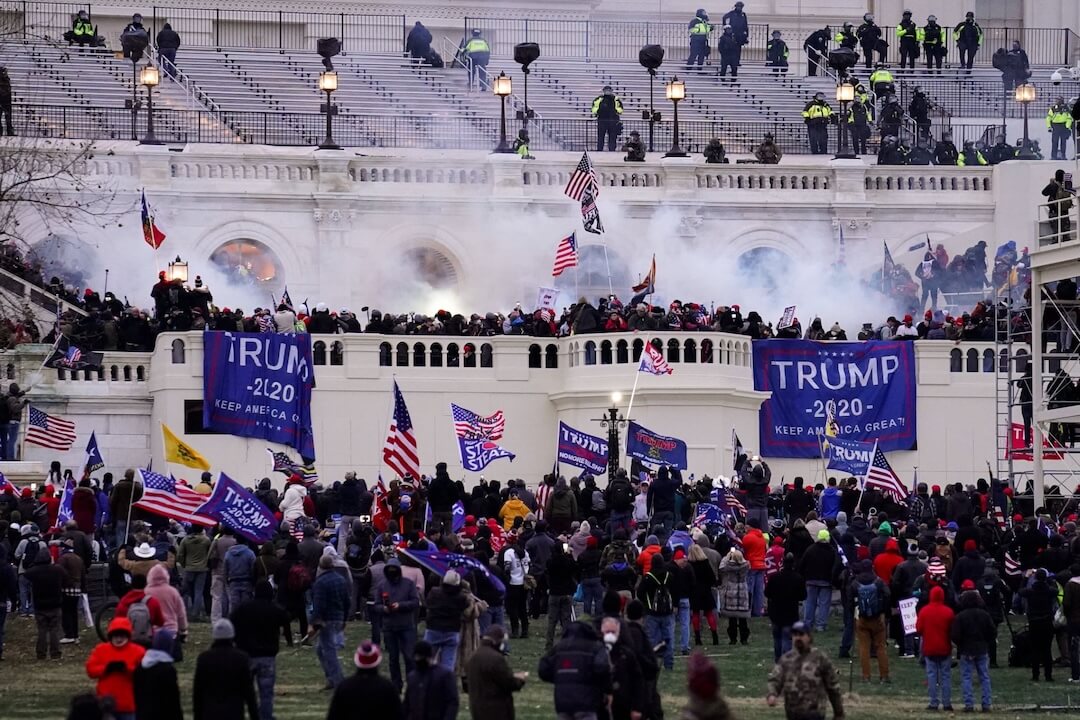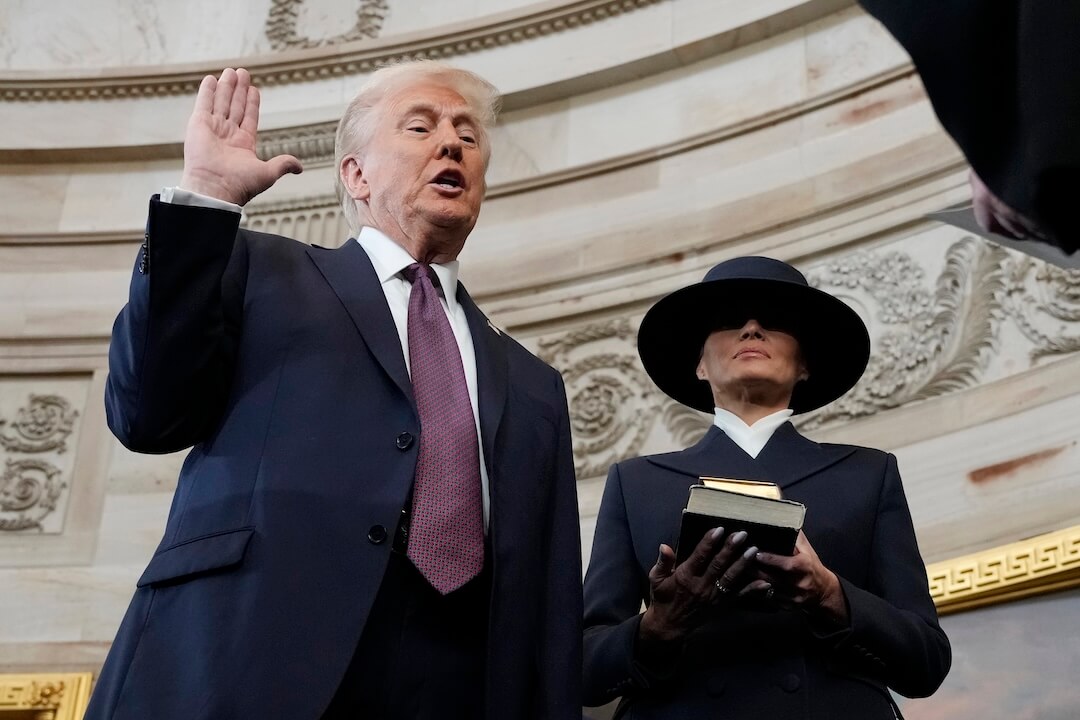After Fox inadvertently aired live video of a man in Phoenix shooting himself Friday following a car chase, Executive Vice President for News Michael Clemente tried to explain how it happened. He called it a “severe human error.” True enough. The network put the live feed on a five-second delay, but even that precaution depends on humans hitting a button to “dump” out of the broadcast.
Clemente also said in a statement provided to Poynter, “We took every precaution to avoid any such live incident.” That is clearly not so. One precaution the network could have tried: Not to air the chase at all. Or Fox could have recorded the footage and waited until the chase ended to air portions of it.
But Fox, CNN and many viewers love car chases. BuzzFeed, Gawker and Mediaite all published the video online. Gawker’s Hamilton Nolan explained the dilemma:
This is the ethical problem: a car chase contains a high potential for mayhem, without any inherent news value otherwise. It is simply mayhem porn. And it will always be impossible to predict when something awful and wretched and bloody will happen in one of these situations. And therefore, by running these things on live TV, a news network is running the risk that something like this will happen. The only solution is not to run car chases on live TV, despite the public appetite for them.
In 1998 and 1999, California stations aired live video of people dying on TV. In 1998 in Los Angeles, a man took his own life live on TV. In San Diego in 1999, the suspect died in a police shootout. In both cases, TV stations pledged to rethink their policies, adjust their helicopter shots, maybe use video delay systems like the one that failed to protect Fox News on Friday.
Friday’s suicide aired during the live broadcast of “Studio B with Shepard Smith.” Smith has a long love affair with car chases. In April 2009, he said, “I have been watching and, quite frankly, enjoying car chases for many, many years. We’ve seen truck chases that end up, you know, hitting the side of a mountain. We’ve seen it all, I thought.”
In November 2010, he said, “I’ve been sitting here watching these for a long time, as long as the Fox News Channel has been on the air.”
In June 2009, Smith narrated a chase that ended when the suspect’s car was hit going through an intersection. “The crash that we had all feared has happened,” he told viewers. “Now, innocent people, who do not know that they have a criminal on their hands, are coming up to try to help someone. And think of the danger that they might be in if, in fact, this person inside this vehicle is still of the wherewithal to cause anyone any harm.” And the video continues to roll, live.
Car chases often end badly
An FBI bulletin estimated the risks of a car chase:
Police pursuit records provide some frightening statistics. First, the majority of police pursuits involve a stop for a traffic violation. Second, one person dies every day as a result of a police pursuit. On average, from 1994 through 1998, one law enforcement officer was killed every 11 weeks in a pursuit, and 1 percent of all U.S. law enforcement officers who died in the line of duty lost their lives in vehicle pursuits. Innocent third parties who just happened to be in the way constitute 42 percent of persons killed or injured in police pursuits. Further, 1 out of every 100 high-speed pursuits results in a fatality.
The FBI says 300 people a year die in these chases, including bystanders, police and other drivers. In 2010, a USA Today review found that in one-third of all chase-related fatalities, the victims are bystanders. So, the odds are that if a TV station stays with a chase long enough, it will air some sort of horrific scene.
In 2003, a frustrated Los Angeles Police Department pleaded unsuccessfully with TV stations to stop carrying live chases. Now, nine years later, police referred to live TV coverage of an armed robber tossing cash out his getaway car as a new “bloodsport.” The LA Police Protective League said broadcast journalists have to tone down their coverage.
Over the past few days, media coverage of police chasing dangerous felons in the southland have put thousands of people, including dozens of police officers, in extreme danger. Police chases and the aftermath are certainly newsworthy, but the recent live television coverage has had the feel of a sporting event – with accompanying colorful commentary. In these situations, the responsibility lies with the suspect for not submitting to arrest, the public to stay out of the way, the officers to use good judgment when in pursuit and the media to limit its coverage. We aren’t questioning the news value – when it’s over – and in some cases as a warning for public safety, but many times, and clearly in the latest incident, live coverage endangers the public.
Deciding whether to cover a car chase
I wrote the guidelines below for the Radio Television Digital News Foundation Ethics Project. They are useful for deciding whether to cover a car chase.
Questions to ask before going live:
- Are you prepared to air the worst possible outcome that could result from this unfolding story? (such as, a person killing himself or someone during live coverage.) What outcomes are you not willing to air? Why? How do you know the worst possible outcome will not occur?
- Beyond competitive factors, what are your motivations for going live? Why do your viewers need to know about this story before journalists have the opportunity to filter the information off the air? What truth testing are you willing to give up in order to speed information to the viewer?
- How does the journalist know that the information they have is true? How many sources have confirmed the information? How does the source know what they say is true? What is this source’s past reliability? How willing is the source to be quoted?
- What are the consequences, short-term and long-term, of going on the air with the information? What are the consequences of waiting for additional confirmation or for a regular newscast?
- What is the tone of the coverage? How can the journalist raise viewer awareness of a significant event while minimizing unnecessary hype and fear? Who in your newsroom is responsible for monitoring the tone of what is being broadcast?
- What electronic safety net such as a tape and signal delay has your station considered that could minimize harm and could give your station time to dump out of live coverage if the situation turns graphic, violent or compromises the safety of others?
- How clearly does the technical crew at your TV station understand the newsroom’s standard for graphic content? How well are guidelines understood by directors, video editors, live shot techs, photojournalists, pilots or engineers who might have to make an editorial call when the news director or other formal decision-maker is not available?
- What factor does the time of day play in your decision to cover a breaking event? For example, if the event occurs when children normally are watching television, how does that fact alter the tone and degree of your coverage?
When live car chases are newsworthy
I am not an absolutist. I do not believe we should ban all live chase coverage. Live coverage on radio can be vital to drivers near the chase scene. But in the recent case of the L.A. bank robber, radio DJs were making light of the chase and were telling listeners where they could go to grab some of the money. The DJs called him the “Make it Rain” robber and remarked how “funny” it all was.
In 1995, a Miami area school bus loaded with 15 special needs children was taken over by a gunman who claimed to have a bomb. The terrifying hour-long chase aired live before ending in a shooting. To me, that level of public safety concern and community disruption rises to the level of significant news that is worthy of live coverage.
If you are going to air a chase — or any perilous situation — live, be prepared.
- Practice using the video delay system you’re relying on to bail out of the broadcast. Those systems are tricky. I know, I have used them. The producer and director need to respond quickly.
- Consider pulling out to a super wide shot when the scene gets tense. If you’re unable to bail out of the live shot as quickly as you want, you will at least minimize the harm you would cause by showing a close-up.
Finally, let’s remember these are humans involved, struggling with their lives as we transform them into “stories.” Think of a police officer’s family that might be watching. Think of the suspect’s family. They are humans, they are not ratings points.








Comments